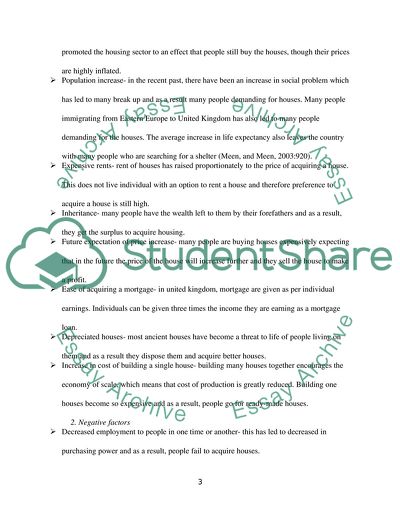Cite this document
(Financial Statement Analysis Essay Example | Topics and Well Written Essays - 4750 words, n.d.)
Financial Statement Analysis Essay Example | Topics and Well Written Essays - 4750 words. https://studentshare.org/finance-accounting/1871294-financial-statement-analysis
Financial Statement Analysis Essay Example | Topics and Well Written Essays - 4750 words. https://studentshare.org/finance-accounting/1871294-financial-statement-analysis
(Financial Statement Analysis Essay Example | Topics and Well Written Essays - 4750 Words)
Financial Statement Analysis Essay Example | Topics and Well Written Essays - 4750 Words. https://studentshare.org/finance-accounting/1871294-financial-statement-analysis.
Financial Statement Analysis Essay Example | Topics and Well Written Essays - 4750 Words. https://studentshare.org/finance-accounting/1871294-financial-statement-analysis.
“Financial Statement Analysis Essay Example | Topics and Well Written Essays - 4750 Words”. https://studentshare.org/finance-accounting/1871294-financial-statement-analysis.


